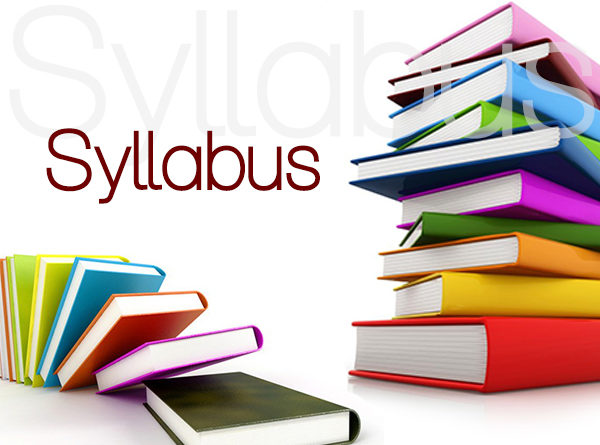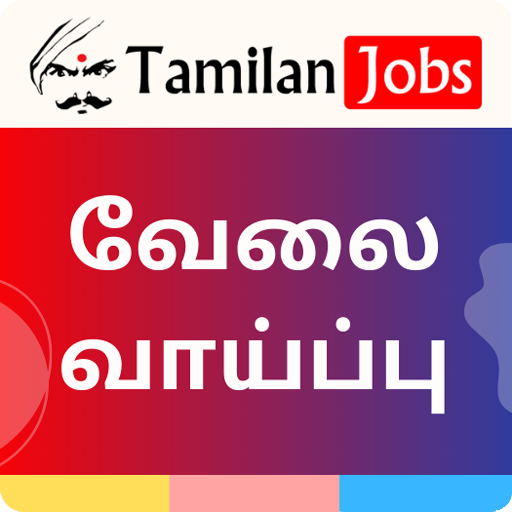TNPSC Group 2 & 2A Revised Syllabus 2020 | TNPSC Group 2 Syllabus 2020 Declared @ tnpsc.gov.in Candidates who appeared for the Tamil Nadu TNPSC Mains Written Exam kindly Download this website. Tamil Nadu Public Service Commission released the Group 2 Syllabus & Exam Pattern 2019 on Now. At the below of this page, we have given a link to download. For the participants, we have provided detailed information on the TNPSC Examination and the TNPSC Group 2 Syllabus 2019. Group 2 Exam Pattern 2019 Furthermore details, go through the Tamilanjobs website.

TNPSC Group 2 & 2A Syllabus – Full Details
| Organaization | Tamil Nadu Public Service Commission (TNPSC) |
| Post Name | Group 2 & 2A |
| Vacancies | Various |
| Exam Date | Will be announced later |
| Status | Syllabus & Exam Pattern Available |
| Category | Syllabus |
TNPSC Group 2 & 2 A Preliminary Exam Pattern:
| Subjects | Marks | Duration |
|
300 | 3 hours |
TNPSC Group 2A Main Exam Pattern:
| Parts | Subjects | No of Question | Marks | Total Marks |
|
Part – 1 |
Tamil to English Translation | 02 | 25 | 50 |
| English to Tamil Translation | 02 | 25 | 50 | |
|
Part – 2 |
Precis Writing | 02 | 20 | 40 |
| Comprehension | 02 | 20 | 40 | |
| Hints Developing | 02 | 20 | 40 | |
| Essay Writing on Thirukural | 02 | 20 | 40 | |
| Letter Writing Official | 02 | 20 | 40 | |
| Total | 300 | |||
TNPSC Group 2 & 2A Revised Syllabus 2020:
UNIT-I: GENERAL SCIENCE
(i) Scientific Knowledge and Scientific temper – Power of Reasoning – Rote Learning Vs Conceptual Learning – Science as a tool to understand the past, present and future.
(ii) Nature of Universe – General Scientific Laws – Mechanics – Properties of Matter, Force, Motion and Energy – Everyday application of the basic principles of Mechanics, Electricity and Magnetism, Light, Sound, Heat, Nuclear Physics, Laser, Electronics and Communications.
(iii) Elements and Compounds, Acids, Bases, Salts, Petroleum Products, Fertilizers, Pesticides.
(iv) Main concepts of Life Science, Classification of Living Organisms, Evolution, Genetics, Physiology, Nutrition, Health and Hygiene, Human diseases.
(v) Environment and Ecology.
UNIT-II: CURRENT EVENTS
(i) History – Latest diary of events – National symbols – Profile of States – Eminent personalities and places in the news – Sports – Books and authors.
(ii) Polity – Political parties and political system in India – Public awareness and General administration – Welfare oriented Government schemes and their utility, Problems in Public Delivery Systems.
(iii) Geography – Geographical landmarks.
(iv) Economics – Current socio-economic issues.
(v) Science – Latest inventions in Science and Technology.
UNIT- III: GEOGRAPHY OF INDIA
(i) Location – Physical features – Monsoon, rainfall, weather and climate – Water resources – Rivers in India – Soil, minerals and natural resources – Forest and wildlife – Agricultural pattern.
(ii) Transport – Communication.
(iii) Social geography – Population density and distribution – Racial, linguistic groups and major tribes.
(iv) Natural calamity – Disaster Management – Environmental pollution: Reasons and preventive measures – Climate change – Green energy.
UNIT – IV: HISTORY AND CULTURE OF INDIA
(i) Indus valley civilization – Guptas, Delhi Sultans, Mughals and Marathas – Age of Vijayanagaram and Bahmani Kingdoms – South Indian history.
(ii) Change and Continuity in the Socio-Cultural History of India.
(iii) Characteristics of Indian culture, Unity in diversity – Race, language, custom.
(iv) India as a Secular State, Social Harmony.
UNIT-V: INDIAN POLITY
(i) Constitution of India – Preamble to the Constitution – Salient features of the Constitution – Union, State and Union Territory.
(ii) Citizenship, Fundamental rights, Fundamental duties, Directive Principles of State Policy.
(iii) Union Executive, Union legislature – State Executive, State Legislature – Local governments, Panchayat Raj.
(iv) Spirit of Federalism: Centre – State Relationships.
(v) Election – Judiciary in India – Rule of law.
(vi) Corruption in public life – Anti-corruption measures – Lokpal and LokAyukta – Right to Information – Empowerment of women – Consumer protection forums, Human rights charter.
UNIT-VI: INDIAN ECONOMY
(i) Nature of Indian economy – Five year plan models – an assessment – Planning Commission and Niti Ayog.
(ii) Sources of revenue – Reserve Bank of India – Fiscal Policy and Monetary Policy – Finance Commission – Resource sharing between Union and State Governments – Goods and Services Tax.
(iii) Structure of Indian Economy and Employment Generation, Land reforms and Agriculture – Application of Science and Technology in agriculture – Industrial growth – Rural welfare oriented programmes – Social problems – Population, education, health, employment, poverty.
UNIT-VII: INDIAN NATIONAL MOVEMENT
(i) National renaissance – Early uprising against British rule – Indian National Congress – Emergence of leaders – B.R.Ambedkar, Bhagat Singh, Bharathiar, V.O.Chidambaranar, Jawaharlal Nehru, Kamarajar, Mahatma Gandhi, Maulana Abul Kalam Azad, Thanthai Periyar, Rajaji, Subash Chandra Bose and others.
(ii) Different modes of Agitation: Growth of Satyagraha and Militant movements.
(iii) Communalism and partition.
UNIT- VIII: History, Culture, Heritage and Socio-Political Movements in Tamil Nadu
(i) History of Tamil Society, related Archaeological discoveries, Tamil Literature from Sangam age till contemporary times.
(ii) Thirukkural : (a) Significance as Secular literature
(b) Relevance to Everyday Life
(c) Impact of Thirukkural on Humanity
(d) Thirukkural and Universal Values – Equality, Humanism, etc
(e) Relevance to Socio – Politico-Economic affairs
(f ) Philosophical content in Thirukkural
(iii) Role of Tamil Nadu in freedom struggle – Early agitations against British Rule – Role of women in the freedom struggle.
(iv) Evolution of 19th and 20th Century Socio-Political movements in Tamil Nadu – Justice Party, Growth of Rationalism – Self Respect Movement, Dravidian movement and Principles underlying both these movements, Contributions of Thanthai Periyar and Perarignar Anna.
UNIT – IX: Development Administration in Tamil Nadu
(i) Human Development Indicators in Tamil Nadu and a comparative assessment across the Country – Impact of Social Reform movements in the Socio-Economic Development of Tamil Nadu.
(ii) Political parties and Welfare schemes for various sections of people – Rationale behind Reservation Policy and access to Social Resources – Economic trends in Tamil Nadu – Role and impact of social welfare schemes in the Socio-economic development of Tamil Nadu.
(iii) Social Justice and Social Harmony as the Cornerstones of Socio-Economic development.
(iv) Education and Health systems in Tamil Nadu.
(v) Geography of Tamil Nadu and its impact on Economic growth.
(vi) Achievements of Tamil Nadu in various fields.
(vii) e-governance in Tamil Nadu.
UNIT-X: APTITUDE AND MENTAL ABILITY
(i) Simplification – Percentage – Highest Common Factor (HCF) – Lowest Common Multiple (LCM).
(ii) Ratio and Proportion.
(iii) Simple interest – Compound interest – Area – Volume – Time and Work.
(iv) Logical Reasoning – Puzzles – Dice – Visual Reasoning – Alphanumeric Reasoning – Number Series.

